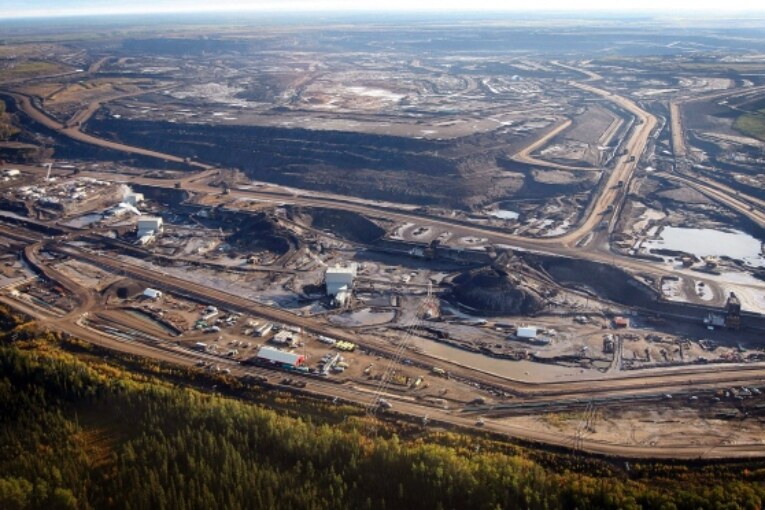
Alberta plans to toughen its emissions standards for oil sands mines two sources with knowledge of the changes told Reuters.
Alberta’s environment ministry will announce tougher industry benchmarks, which set emissions reduction requirements per unit of production, for mines and upgraders as early as this month, said the sources, who were not authorized to speak publicly.
Canada’s largest oil producing province has already raised the stringency of facility-based benchmarks, a second way that the government sets emissions standards for industrial sites, the sources said.
Oil sands mines and upgrading facilities, operated by Canadian Natural Resources, Suncor Energy, Imperial Oil and others, produce heavy emissions due to the energy required to separate oil from Alberta’s sand and clay deposits.
Mines and upgraders collectively generated 2.4 million emissions performance credits in 2020 and were required to pay for 700,000, the first year of a new emissions regulatory system from Premier Jason Kenney’s government, according to public government figures.
That comes out to a net figure of 1.7 million credits, worth about C$54.4 million ($42.67 million) to those oil companies, based on the trade value of about C$32 per credit. Credits trade at around 80% of the federal carbon price, which was C$40 per tonne in 2021, when emitters could use 2020 credits for compliance.
Alberta’s emissions system, called TIER (Technology Innovation and Emissions Reduction Regulation), was not intended to provide credits to oil sands mines, two sources with knowledge of the changes said.
A spokesperson for the Alberta environment ministry could not immediately comment.
Kenney’s government overhauled the previous administration’s emissions-reduction system starting in 2020, adding new flexibility for large emitters such as oil sands sites.
Large emitters can choose to measure their emissions intensity, or carbon per barrel, against a facility’s past performance, or against an industry benchmark.
Oil sands total emissions continue to rise as production grows, but emissions per barrel are steadily declining as operators adopt new technology.
Alberta’s proposed changes come as the province faces new federal pressure to toughen standards.
Provinces can design their own system to charge emitters for carbon pollution, like Alberta’s TIER, or adopt the federal system. Provinces that use their own system require Ottawa to deem them equivalent with minimum national stringency standards.
Ottawa has deemed TIER equivalent, but is strengthening national criteria starting in 2023 and expects provinces to propose changes to their systems soon to comply, said a spokesperson for Canadian Environment Minister Steven Guilbeault.
Unlike mines, oil sands in situ sites collectively bought more credits than they earned in 2020. This is because they made less progress reducing emissions intensity than mines, one of the sources said.
With files from Reuters.
You can read more of the news on source



